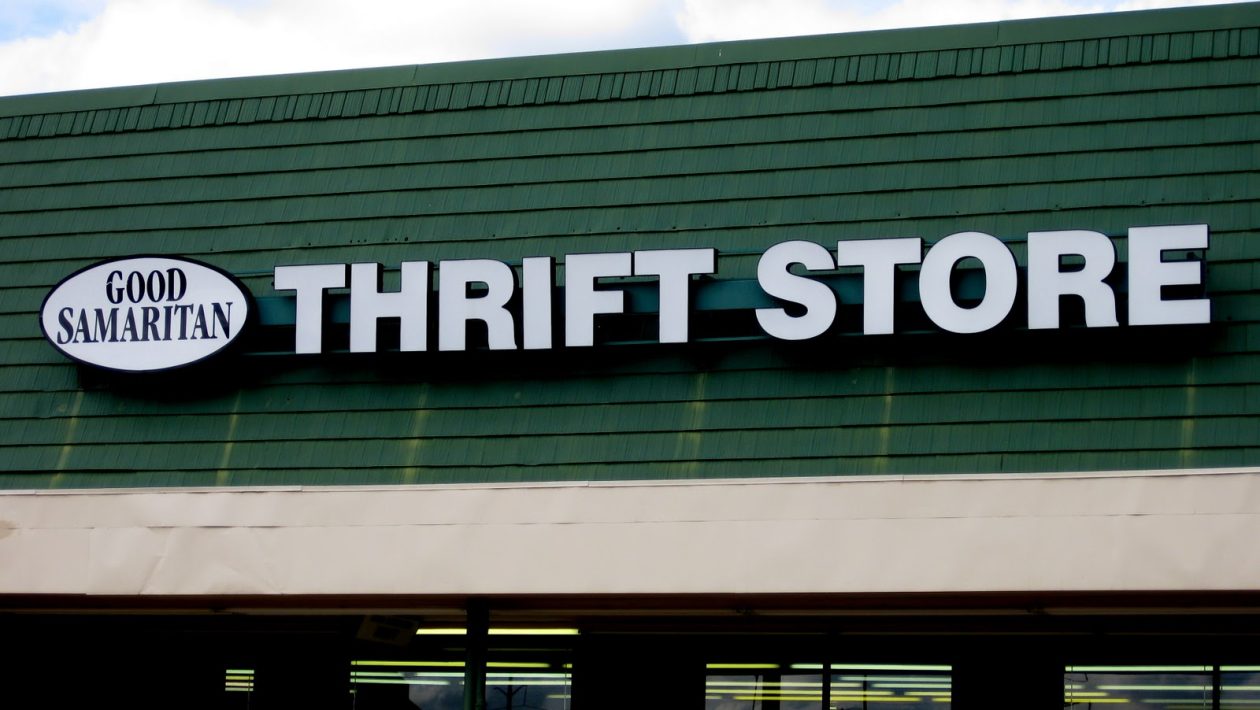If you run a thrift store, you already know they provide numerous environmental benefits and help people afford quality items. However, while a thrift store can be a rewarding organization to operate, there are also distinct challenges you face that differ from those of typical retailers. Therefore you need resources, strategies and technological tools that address your thrift shop’s unique concerns.
Table of Contents
Sourcing Quality Products
Finding great merchandise for your shop can help you attract customers and make sales. You should develop a diverse range of sources for the products you sell. Many thrift shops accept community donations or purchase second-hand items. It is important to advertise that you offer these services and build relationships with your donors. In addition, you might consider networking with estate liquidators and consignment services. These businesses sometimes donate products they cannot sell to thrift stores.
Knowing how to identify the best merchandise and address common flaws in second-hand products is beneficial. For instance, if you sell clothing at your store, you should learn to spot strong, neat seams and high-quality fabrics. Similarly, if you know how to notice defects, you can lower prices on products appropriately or even reject certain items.
Managing Your Inventory
Tracking, organizing and maintaining appropriate inventory quantity is complex for any retailer. However, thrift stores have additional difficulties because product donations can be unpredictable. Furthermore, most items in a thrift shop are unique, and the overall inventory can be highly varied and subject to constant change. You can invest in a software system optimized for thrift store inventory management and point-of-sale transactions with features that match your requirements. For example, tracking sales and donations in real-time is useful so you can know what products you have available. You should also ensure the software is accessible for volunteers and staff members who need to use it.
Developing a Pricing Strategy
Balance is key when pricing items for sale at your thrift store. It is important to earn income and cover your operating costs while still providing affordable prices for your customers. You can implement a product quality grading system to assess items when they arrive and price them accordingly. However, you should also monitor trends and consider market demand when pricing items. For example, if a style of clothing that was popular in the past becomes trendy again, there could be high demand for vintage items in that style. You could raise the prices of fashionable pieces while offering discounts on products with less demand. Finally, researching competitor thrift shops as well as your target market’s preferences can provide you with data that can inform your pricing decisions.
Branding Your Organization
Your thrift shop should have a consistent brand that reflects your style and mission as an organization. You can curate the products in your store to fit a common aesthetic or theme and develop branding materials that match. For example, if you sell vintage furniture at your shop, you can use fonts, colors and graphics with a retro aesthetic in your marketing materials. Creating a branding guide that describes your organization’s tone and visual style can help things stay cohesive.
Your organization’s brand can also help you demonstrate your values to your customers and donors. For example, engaging with your community through events like clothing swaps or upcycling workshops can strengthen your brand and help you build connections. You can also donate proceeds to causes you support and communicate your sense of social responsibility to the world.
Finding and Retaining Customers
To keep your organization thriving, you need to retain loyal customers and find new ones. It is essential to create a customer experience that is enjoyable and memorable for the right reasons. If you run a physical store, examine your space’s organization, layout and design. Your shop should be clean, aesthetically attractive and easy to navigate. Likewise, your online store should be user-friendly with a simple, intuitive layout featuring high-quality images and accurate product information. You can use your website to attract new customers by posting informational content with keywords that search engines can locate and promote. Sharing useful content on social media can also help you reach different audiences and expand your customer base.
Thrift stores require specific plans and tools to address the concerns associated with receiving donations and selling second-hand items. By helping your thrift store navigate these issues carefully, you can continue to sell affordable goods and enable the sustainable reuse of products.





